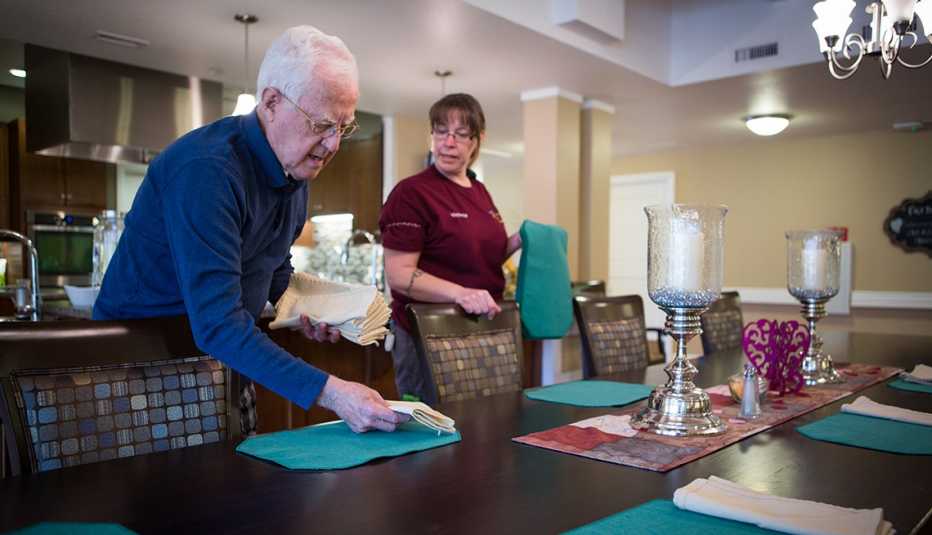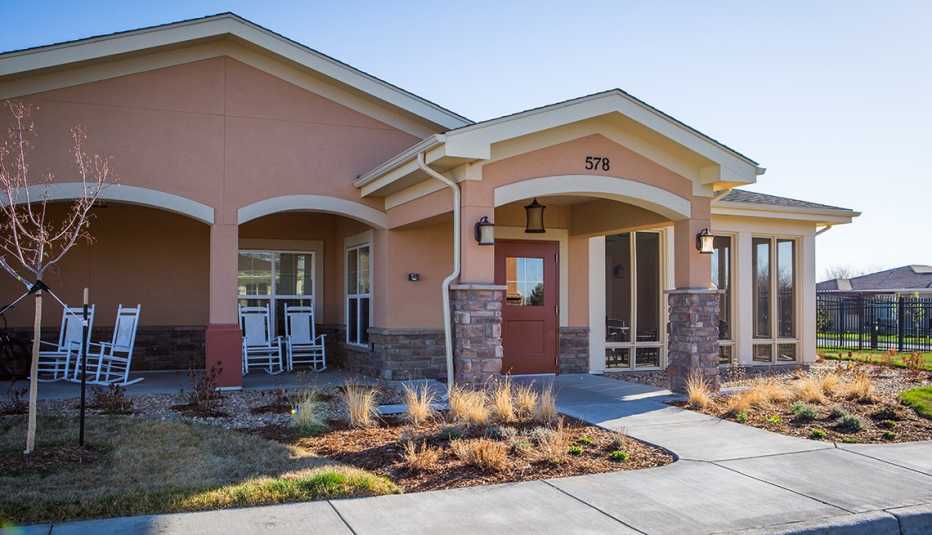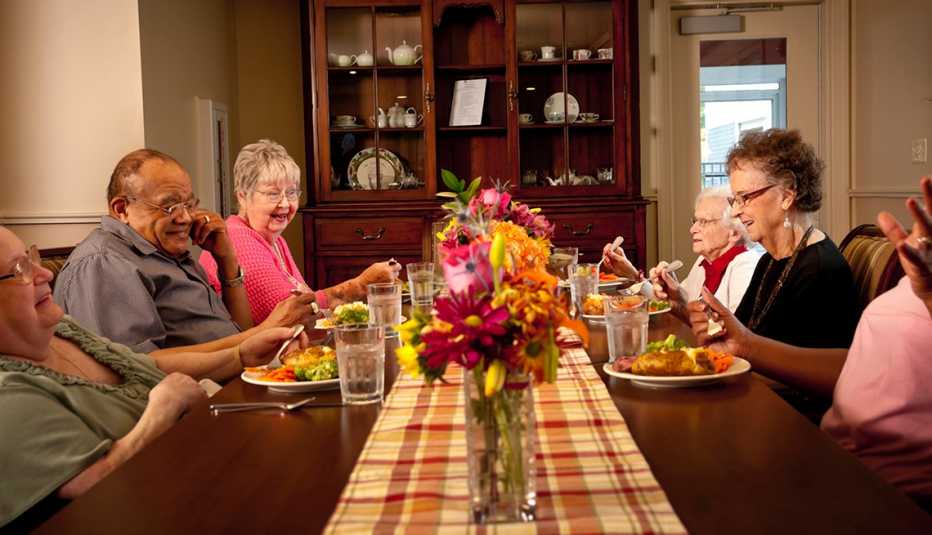Staying Fit


For years, experts have called for rethinking the U.S. nursing home model, replacing large “big box” facilities containing hundreds of beds with smaller facilities and fewer residents.
And now with COVID-19 fatalities in nursing homes skyrocketing nationwide, another look is being given to these alternative housing options.


AARP Membership— $12 for your first year when you sign up for Automatic Renewal
Get instant access to members-only products and hundreds of discounts, a free second membership, and a subscription to AARP the Magazine.
Hundreds of smaller nursing and assisted living homes have sprung up across the country in the past two decades, with 10 to 20 beds for residents, compared with an average of 109 resident beds in regular nursing homes, according to the San Francisco-based Kaiser Family Foundation. Certain features they share appear to help fend off the coronavirus, early reports suggest.
Thousands more are beginning to make the shift to “person-centered design and person-directed practices including household and small house models,” said Penny Cook, president and CEO of Pioneer Network, a national nonprofit network founded in 1997 that promotes such models and philosophies.


Family-style homes
One network of such not-for-profit homes, called the Green House Project, with 10 to 12 beds per home, is reporting notably fewer cases of the coronavirus and fewer deaths than most nursing homes.
The project's own July tally of 256 nursing homes found only 28 COVID-19 cases and three related deaths among residents — and 95 percent of homes were COVID-19-free. In all, its data from January through July 26 show 32.5 confirmed cases per thousand residents, compared with 146 cases per thousand residents in all certified skilled nursing homes. Cases among staff were notably higher than those among residents in June, but July staff numbers were not available.
By contrast, cases of the novel coronavirus continue to soar in nursing homes nationwide. More than 468,000 cases have been reported since mid-April, with 76,270 deaths, according to a Sept. 18 report from the Kaiser Family Foundation.
"When I think of good infection control, I think this model was made for this moment,” said Susan Ryan, senior director of the Green House Project, adding that home design and outdoor access, as well as early adherence to federal and local health guidelines, have aided many of its locations in curbing the spread of the virus. Ryan said that Green House staff members see their role as advocates for residents. Research has shown that those staff members spend 23 to 31 minutes more per resident per day on direct care activities, compared with those in standard nursing homes, said Green House spokeswoman Meg LaPorte.
Founded in 2003, it now has 300 homes in 32 states, including some assisted living facilities.
"The single most effective aspect is private rooms and bathrooms for each of the residents,” said Elaine Ryan, AARP vice president of state advocacy and strategy integration. Early research has shown that the structure of semiprivate rooms — or what she calls “shared rooms” — was the most critical factor in the spread of infections, she said.
The project drew recent praise from publications as dissimilar as New York magazine and the New England Journal of Medicine.
A second network, the Household Model, has been spearheaded by Action Pact, a national consulting firm founded in 1996 and based in Milwaukee. The first home opened in 1997 in Minnesota, and more than 400 homes have embraced a model that features 14 to 20 residents, nurses on staff and food cooked to order.



































































More from AARP
When Can Visitors Return to Nursing Homes?
Vaccination means visits are back with far fewer restrictions
Nursing Homes Serving Minorities More Likely to Have Coronavirus
Disparity emerges in comparison with homes chiefly serving white residents